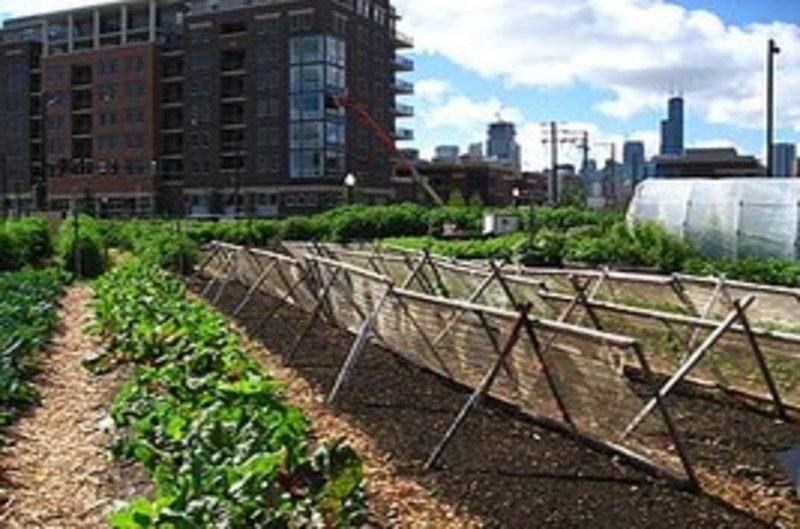SCCN Blogs
Beautiful can also be Smart
SRM provides knowledge and support for teaching, conducting research and capacity building on the principles and practices for climate-smart, sustainable agriculture to produce healthy food with higher-factor productivity and livelihood security;
Agroecology - This offers multiple benefits, including for increasing food security and resilience, boosting livelihoods and local economies, diversifying food production and diets, promoting health and nutrition, safeguarding natural resources, biodiversity and ecosystem functions, improving soil fertility and soil health, adapting to and mitigating climate change, and preserving local cultures and traditional knowledge systems.
Herbal and Nutri Farming – Food security is not only about the quantity of food which we consume; it is also about the quality and diversity of that food as well. Nutrition insecurity contributes to the deaths of almost 10 million people each year and affects one billion people's health. Malnutrition, often called the "hidden hunger", can lead life-threatening illnesses. More than 70% of Indian women and children have serious nutritional deficiencies. The nutrition challenges cannot be solved solely by the health sector: farmers are the nutrient providers and the entire agri-food chain has a vital role to play. From increasing the availability of total calories, to specific measures on nutrient deficiencies, agriculture can plan an important role in addressing nutrition security. Moringa and sweet potato for example, are excellent sources of many vitamins and minerals.
Urban Farming – The energy used to transport food is decreased when urban farming can provide cities with locally grown food. The energy-efficient nature of urban farming can reduce each city's carbon footprint by reducing the amount of transport that occurs to deliver goods to the consumer. Also, these areas can act as carbon sinks offsetting some of the carbon accumulation that is innate to urban areas, where pavement and buildings outnumber plants. Choosing plants that do not lose their leaves and remain green all year can increase the farm's ability to sequester carbon. A rooftop containing 2000 m2 of uncut grass has the potential to remove up to 4000 kg of particular matter. Only one square, meter of green roof is needed to offset the annual particulate matter emissions of a car. Urban agriculture is associated with increased consumption of fruits and vegetables that decreases risk for diseases and can be a cost-effective way to provide citizens with quality, fresh produce in urban settings. Produce from urban gardens can be perceived to be more flavorful and desirable than store bought produce. Urban agriculture also provides quality nutrition for low-income households. https://en.wikipedia.org/wiki/Urban_agriculture
When you subscribe to the blog, we will send you an e-mail when there are new updates on the site so you wouldn't miss them.





Comments